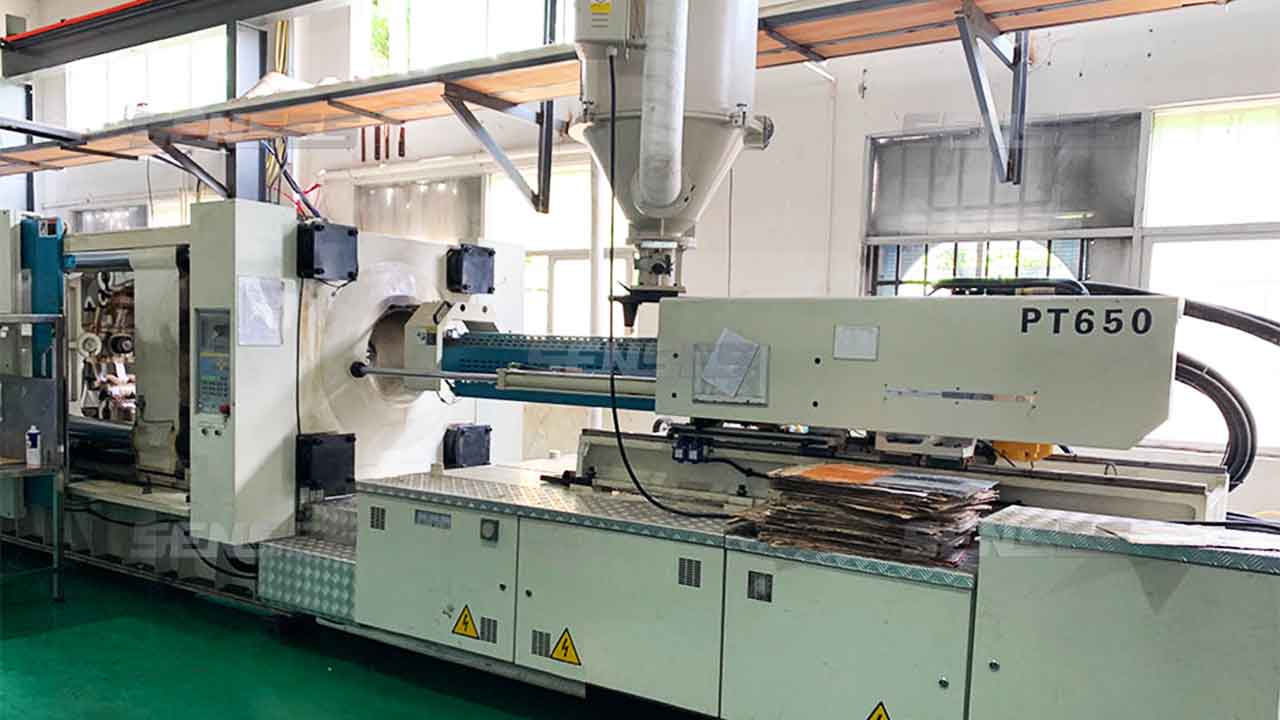Plastic Moulding Services have evolved beyond simple production, becoming a reliable solution for crafting intricate designs and components. From automotive parts to specialized medical devices, these services offer tailored solutions for diverse manufacturing needs.
Advantages of Plastic Moulding

Due to the efficiency of plastic molding processes, large-scale production can be completed in a relatively short time, lowering the production cost per part. This makes Plastic Moulding an ideal choice for mass production, especially for projects requiring a substantial quantity of identical or similar components.
Moreover, Plastic Moulding provides significant design freedom. The injection molding process allows engineers and designers to achieve almost any shape and structure in plastic materials, creating components that are lighter, more robust, or more complex. This flexibility makes Plastic Moulding particularly suitable for projects requiring innovative and personalized designs.
Another notable advantage is the support Plastic Moulding lends to sustainable production. Compared to traditional manufacturing methods, the plastic molding process generates relatively little waste, contributing to a reduction in adverse environmental impact. Additionally, the use of recyclable plastic materials makes Plastic Moulding a relatively eco-friendly manufacturing choice.
By combining efficient production, design flexibility, and environmental sustainability, Plastic Moulding holds a crucial position in today’s manufacturing industry, providing reliable and innovative solutions across various sectors.
Introduction to Plastic Moulding
Plastic moulding is a manufacturing process that involves shaping plastic material using a mould or die. It is a versatile method that allows for the production of intricate and complex designs with high precision. Here are some common injection molding processes to meet the diverse needs of various industries. Each process has unique characteristics and advantages, and the selection of the most suitable molding process for a specific part depends on the application’s specific specifications and requirements.
Types of Plastic Moulding
Injection Moulding
Injection molding, a widely adopted technique, entails the injection of molten plastic material into a meticulously crafted mould cavity. Primarily favored for mass production, this method is instrumental in creating a diverse range of products, spanning from automotive components to consumer goods.
The process begins with the injection of molten plastic into a robust steel mold with cavities defining the parts. The molten plastic seamlessly fills the cavities and the rest of the mold. Upon cooling, precision is maintained as the parts are methodically ejected by pins.
The versatility of injection molding shines through its capability to produce an extensive range of products, from large automotive components to intricate surgical equipment parts. This adaptability extends further through customization, where a variety of plastic resins and additives can be incorporated. This flexibility empowers designers and engineers to craft unique components tailored to meet highly complex or unconventional application needs.
Blow Moulding
Blow molding, employed for crafting hollow plastic products like bottles and containers, entails inflating a heated plastic tube inside a mold to achieve the desired shape. This method is adept at creating a variety of items, including bottles, containers, and various other hollow components.
The process begins by heating plastic material, often in the form of a parison or preform, until it reaches a pliable state. Subsequently, the heated plastic is placed within a mold, typically composed of two halves forming a cavity that dictates the final shape of the product. Inflation follows, as the plastic within the mold is expanded using compressed air. This air pressure forces the plastic to adopt the mold’s shape, resulting in the desired hollow form. Post-shaping, the plastic undergoes a cooling process to solidify and set its structure, crucial for ensuring the integrity and uniform thickness of the final product.
Blow molding finds extensive application in producing liquid containers, such as water and soda bottles, as well as containers for various consumer goods. Its efficiency in creating seamless, hollow plastic products with consistent wall thickness makes it particularly suitable for diverse packaging solutions.
Compression Moulding
Compression molding is a precise manufacturing process that excels in crafting specialized components with intricate details. The method initiates with the placement of heated plastic material, often in the form of a pre-measured charge or pellet, into an open mold cavity. The mold, typically consisting of two halves, forms the desired shape upon closure. As pressure is applied, the plastic material undergoes compression, ensuring it fills the mold cavities and takes on the intended form.
Throughout the compression phase, heat is maintained to keep the plastic malleable, facilitating the shaping process. Subsequently, the molded material undergoes a cooling process, solidifying and setting its structure.
Compression molding finds its niche in industries that require specialized solutions, notably in the production of aerospace and electrical components.
Injection Molding Company
Senses is an ISO 9001:2015 certified plastic injection molding company offering a full range of services, including mold and part design, prototyping, small-batch production, and full-scale production. For personalized solutions and expert consultation, reach out to us today at info@senseschina.com.





